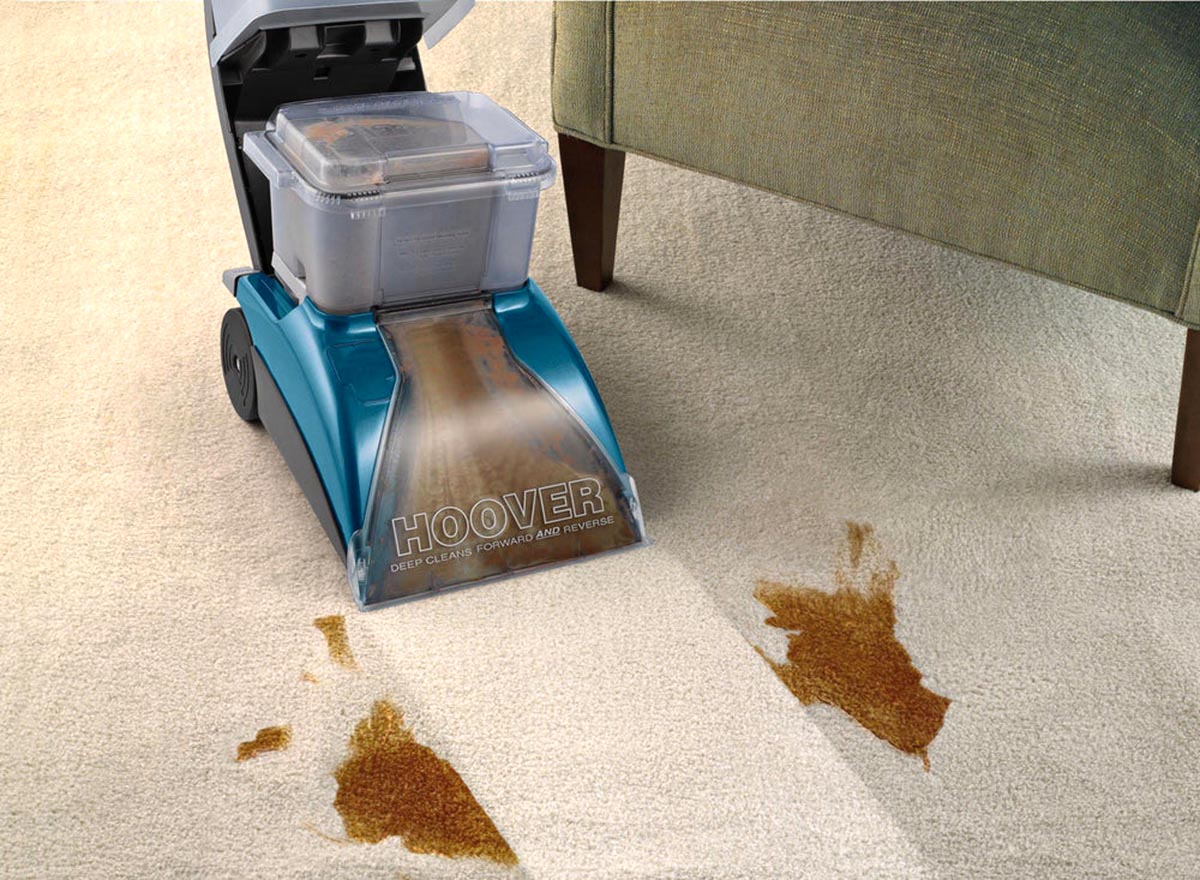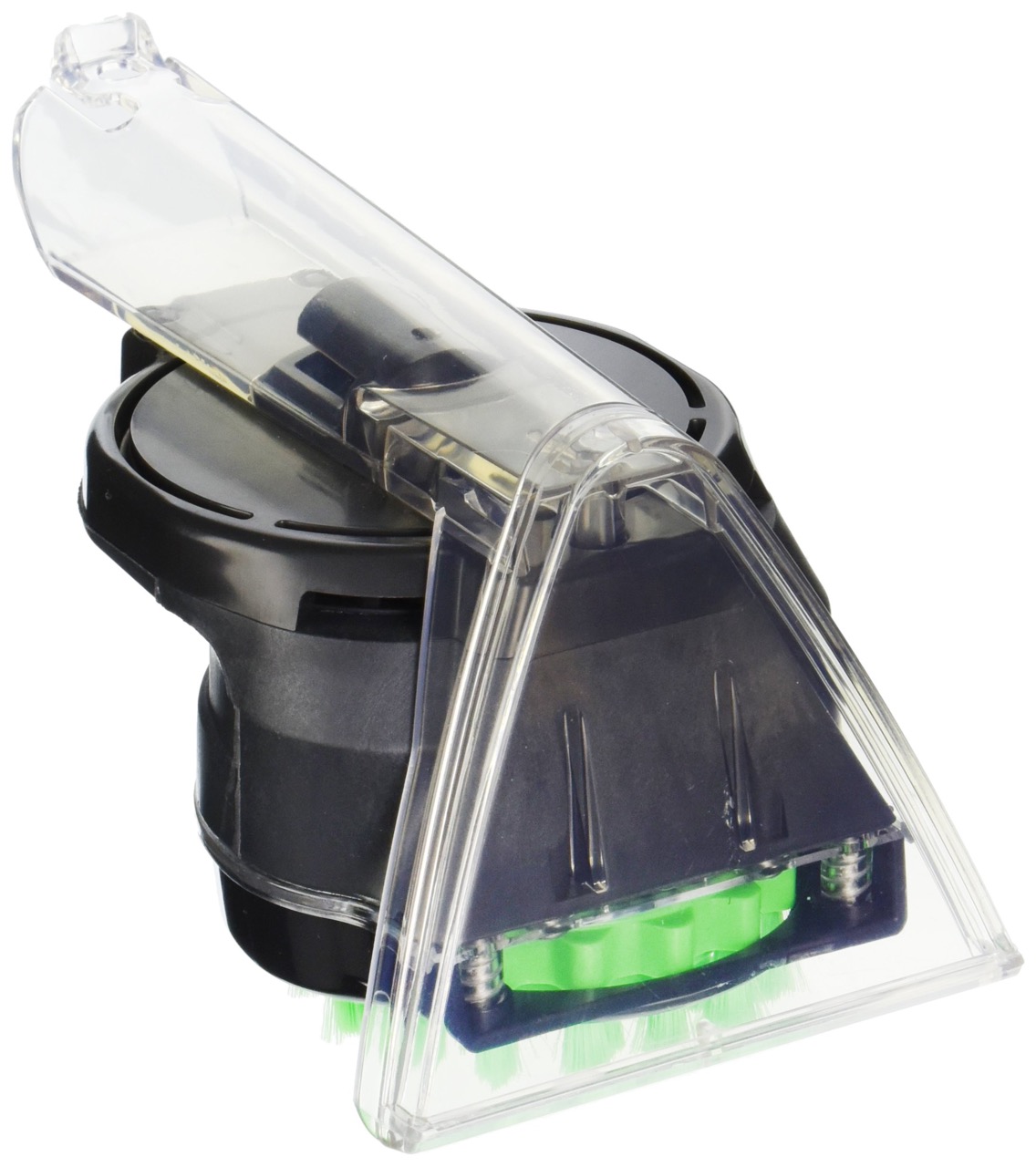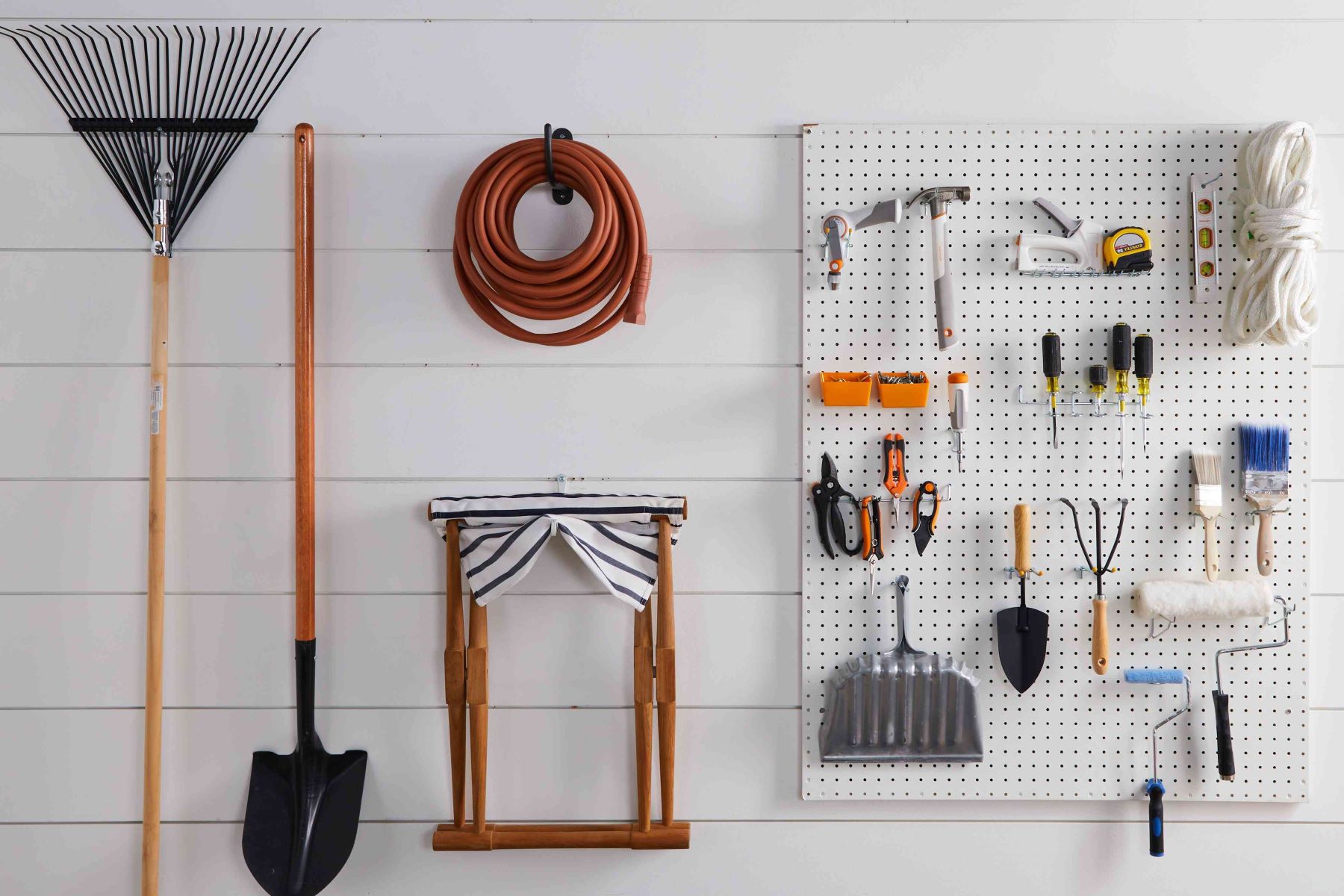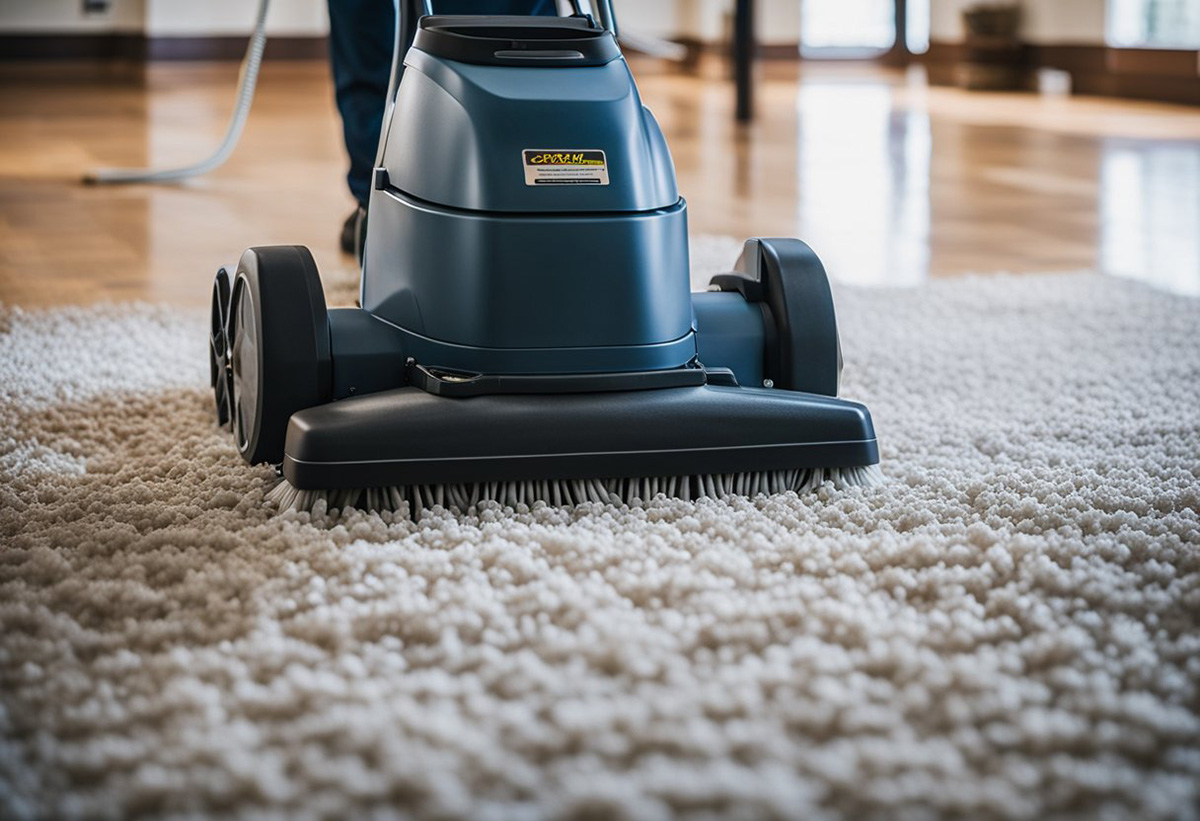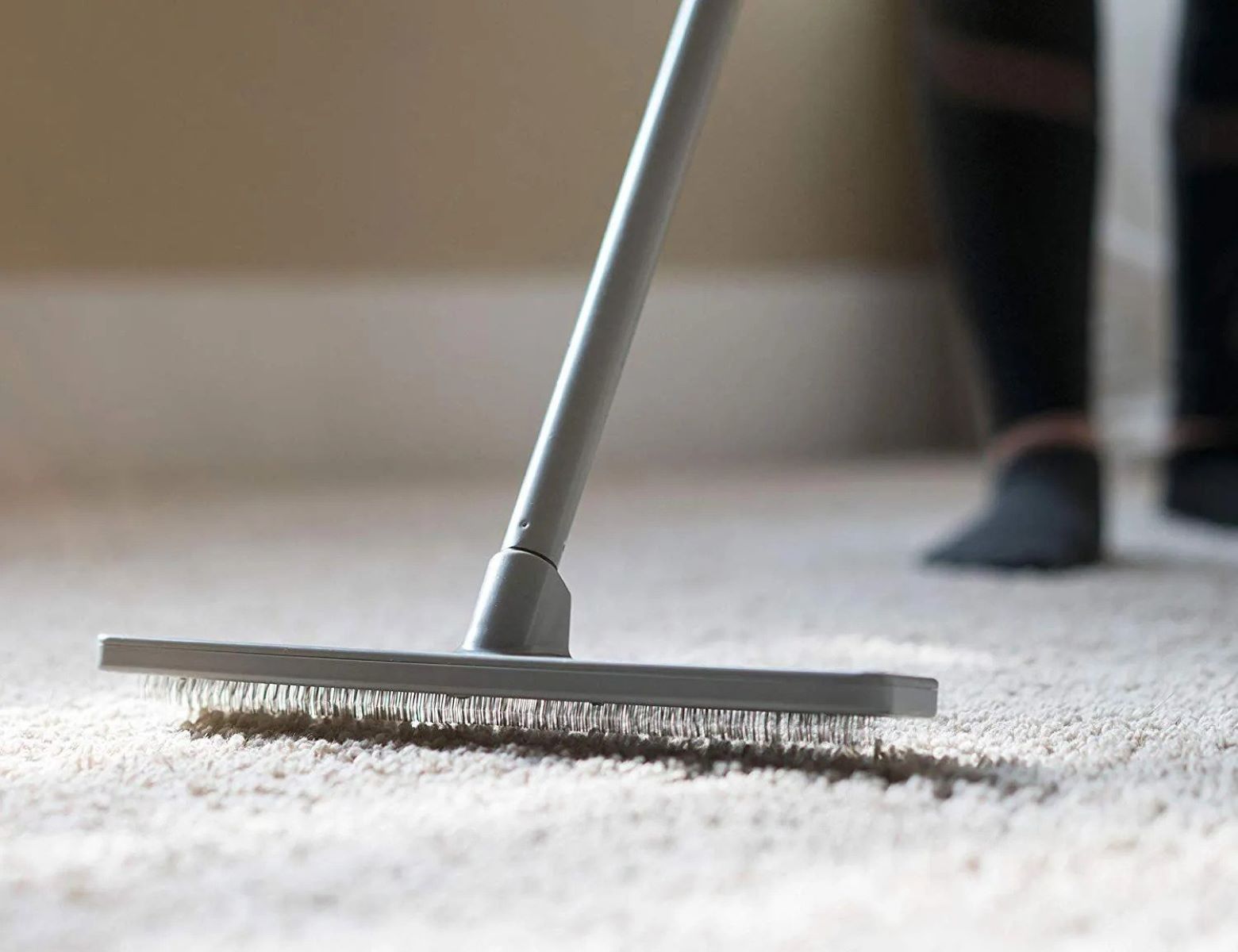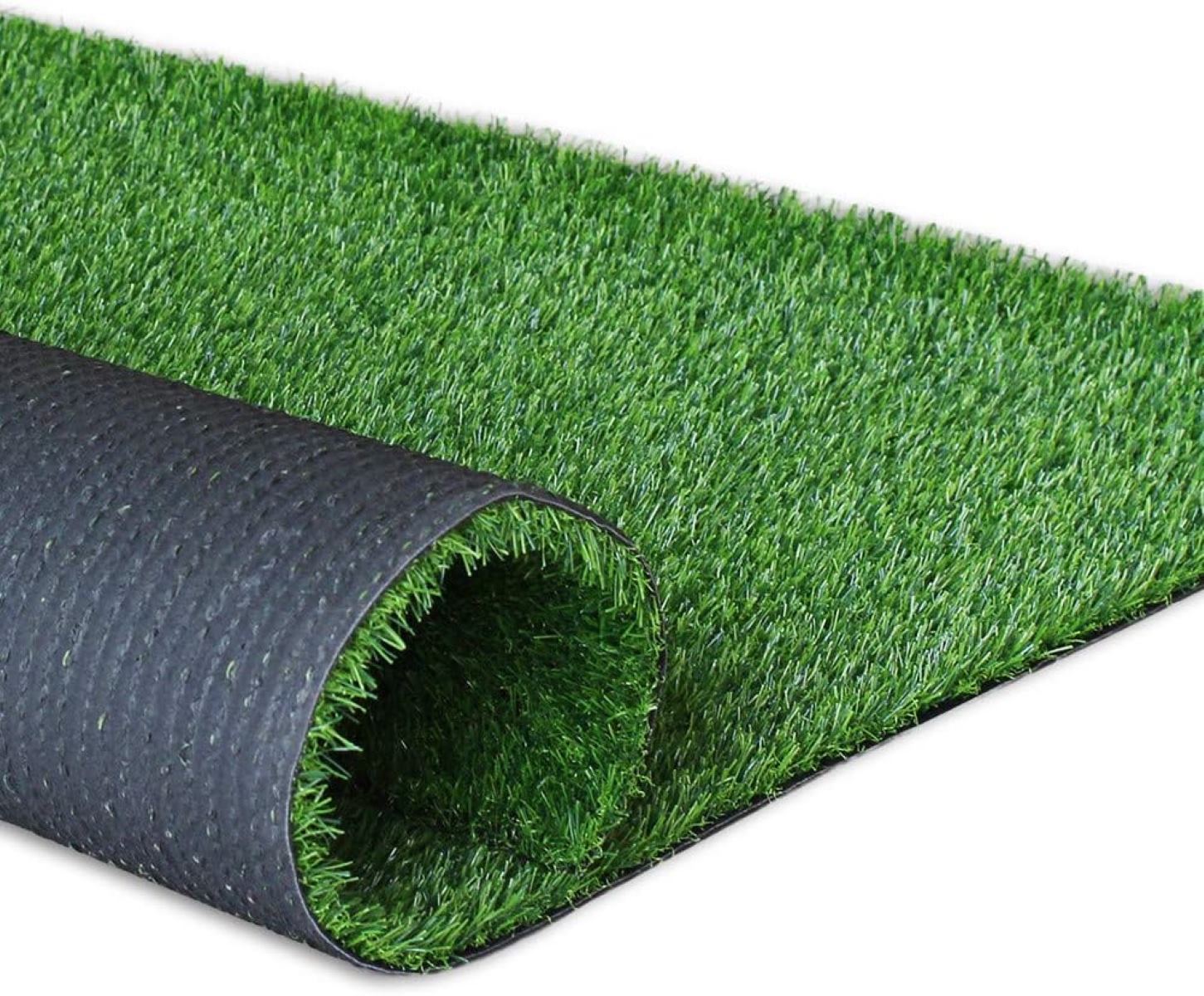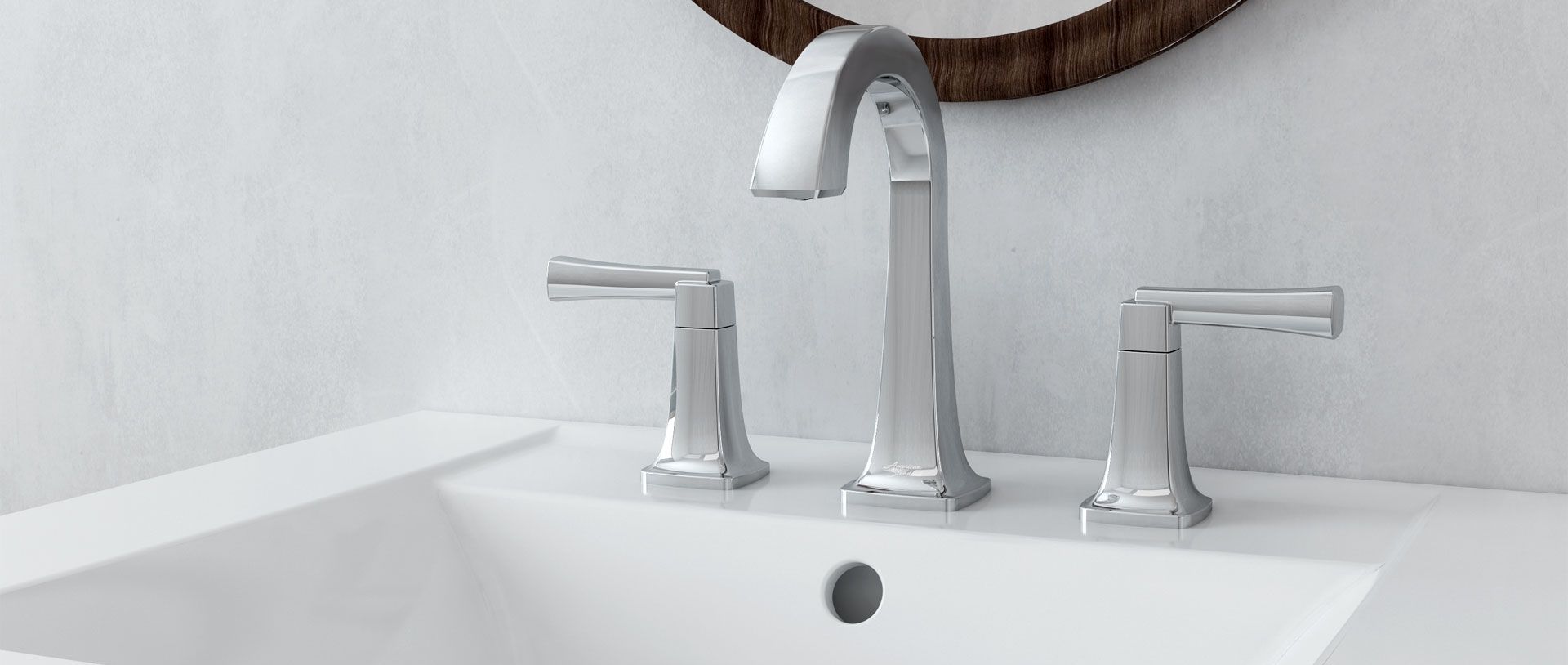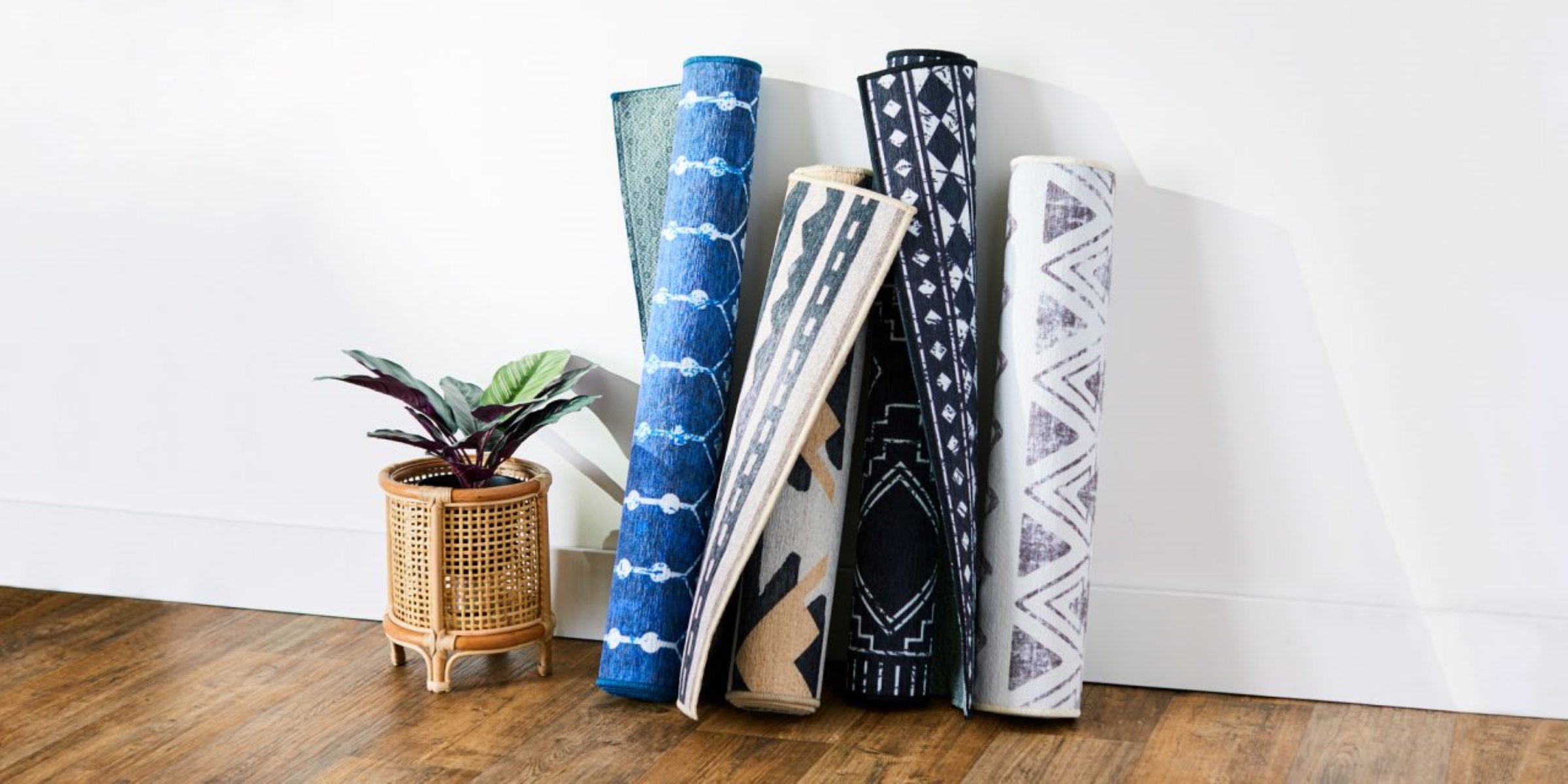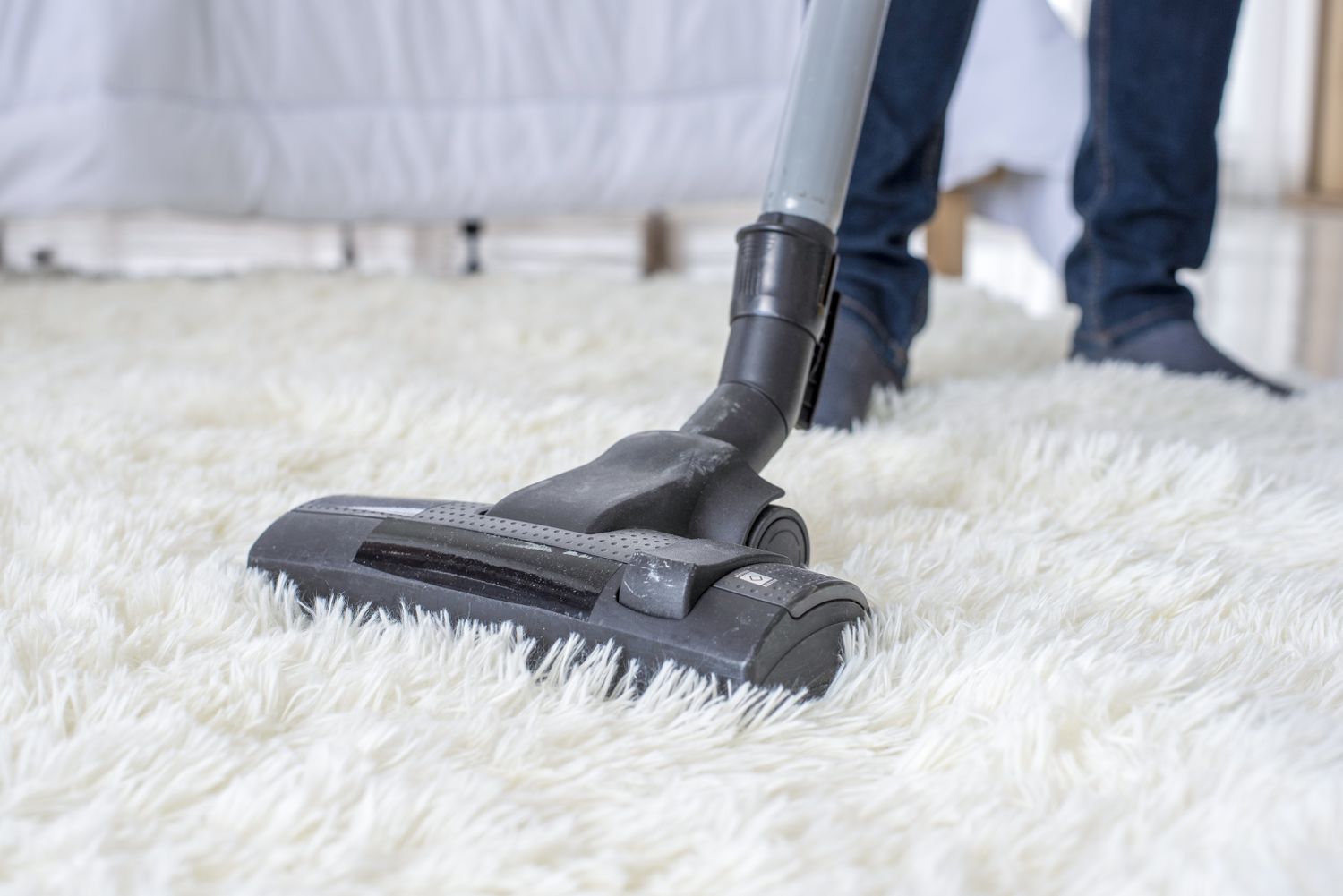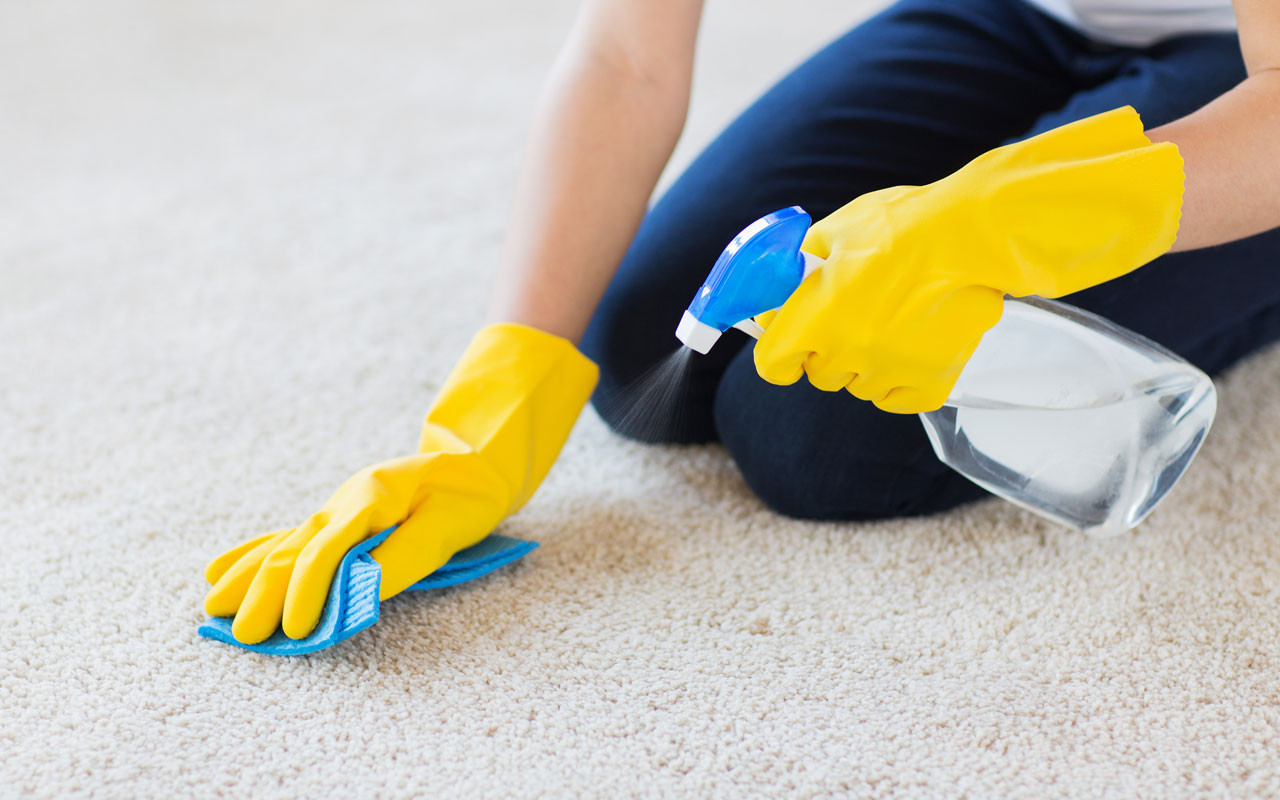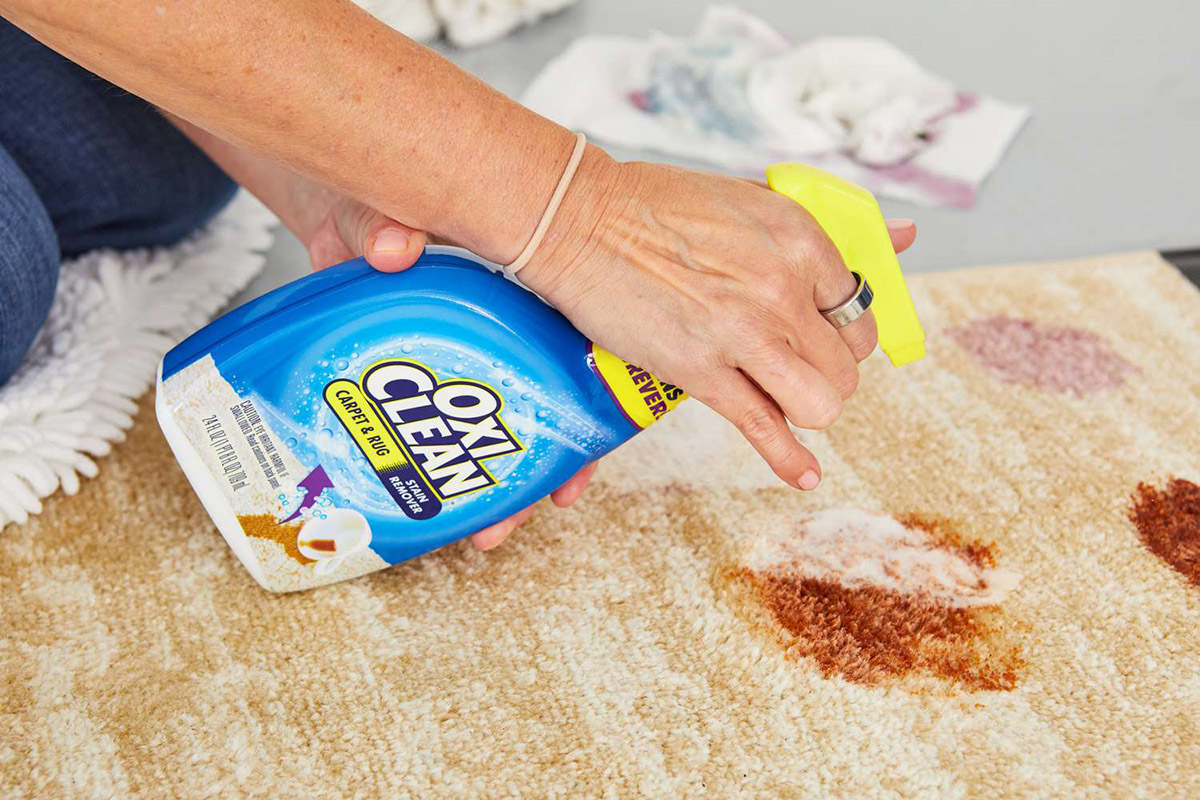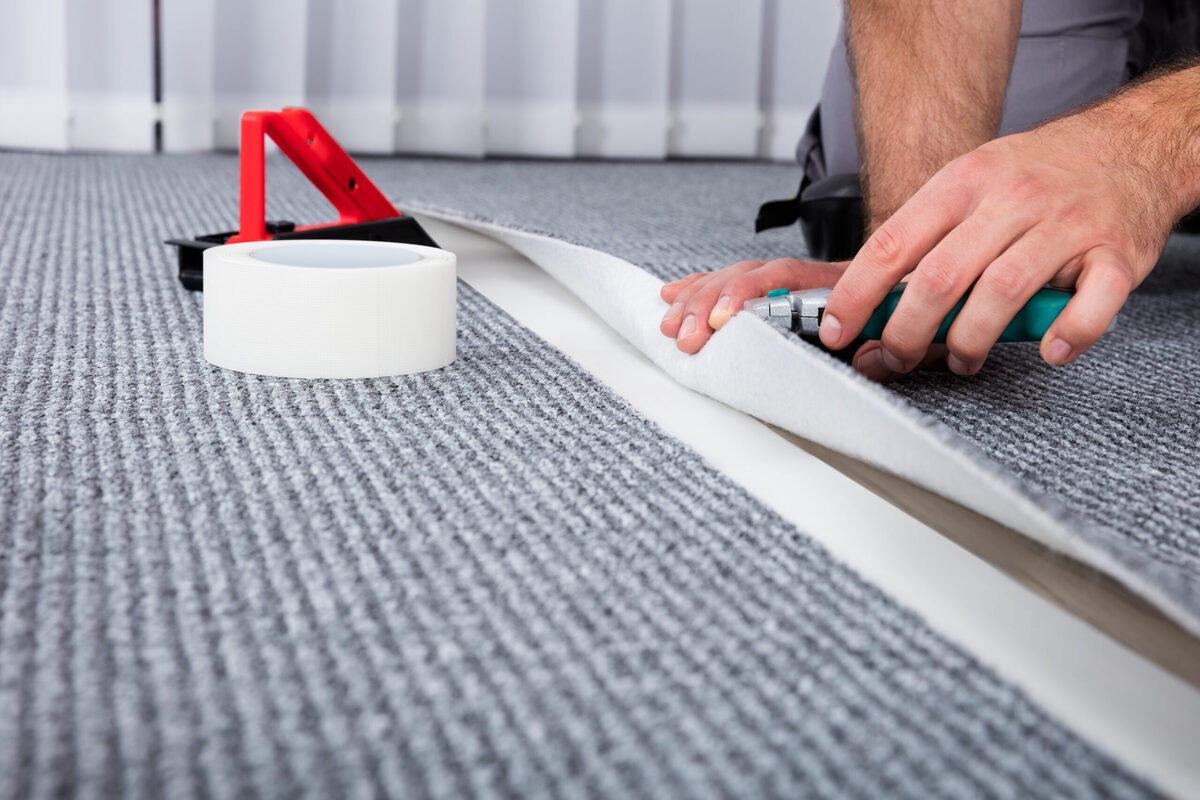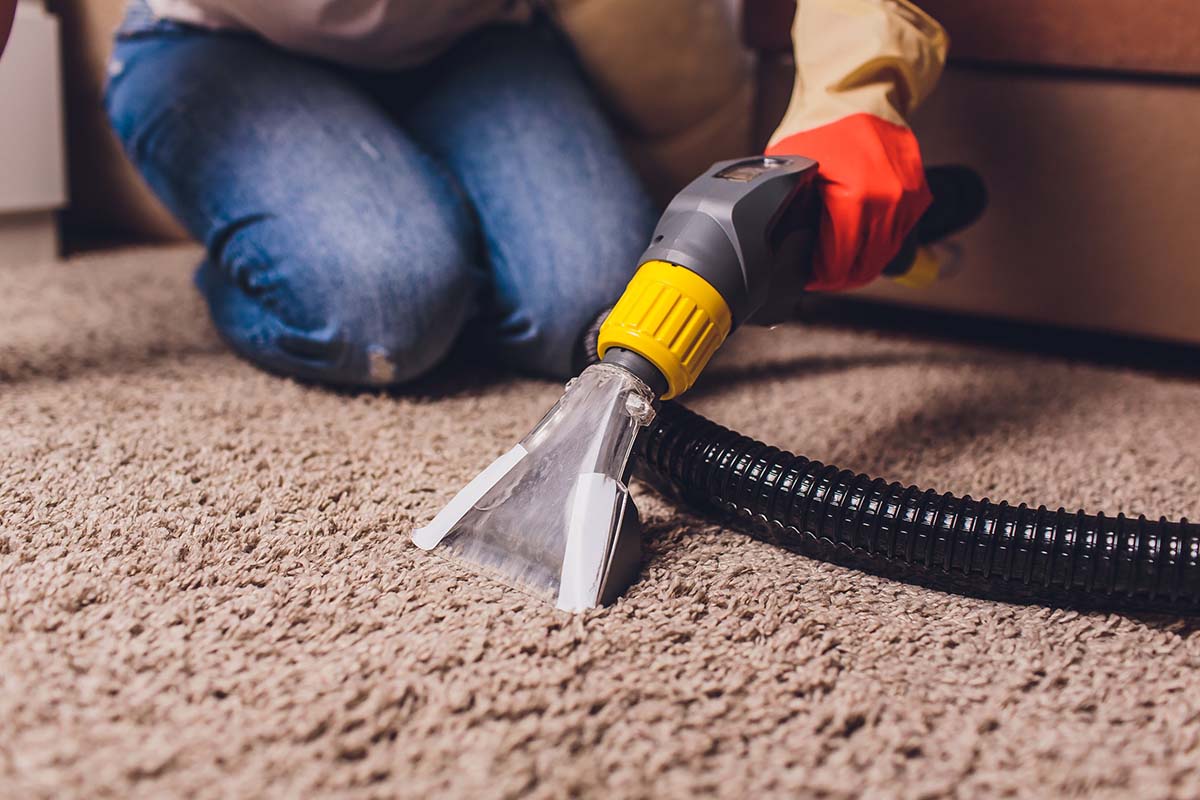

Articles
How To Use A Shop Vac For Water In Carpet
Modified: February 29, 2024
Learn how to effectively use a shop vac to remove water from your carpet in this informative article. Protect your flooring from water damage today!
(Many of the links in this article redirect to a specific reviewed product. Your purchase of these products through affiliate links helps to generate commission for Storables.com, at no extra cost. Learn more)
Introduction
When it comes to dealing with water damage on your carpets, using a shop vac can be a real lifesaver. A shop vac, short for shop vacuum, is a powerful cleaning tool that is commonly used in workshops and garages for heavy-duty cleaning tasks. However, it can also be a valuable tool for removing water from carpets.
In this article, we will explore how to effectively use a shop vac for water in carpet situations. Whether you are dealing with a small water spill or a flooded area, understanding the proper techniques and precautions can make a significant difference in restoring your carpets back to their original condition.
Before we dive into the specifics, it’s important to note that safety should be your top priority. If you are dealing with extensive water damage or are uncertain about handling the situation, it is always recommended to seek professional help. With that said, let’s explore the world of shop vacs and their role in water extraction from carpets.
Key Takeaways:
- Using a shop vac for water extraction from carpets requires proper preparation, safety precautions, and thorough drying to prevent mold and mildew growth. Act quickly, prioritize safety, and monitor the drying process for best results.
- When dealing with water damage on carpets, a shop vac can be a valuable tool. However, for extensive damage or uncertainty, seeking professional help is advisable to minimize risks and ensure the best outcome for your carpets and property.
Read more: How To Turn A Shop Vac Into A Water Pump
Understanding the Shop Vac
A shop vac is a versatile cleaning tool that is designed to handle tough and messy clean-up tasks. It is typically larger and more powerful than a traditional home vacuum cleaner, making it capable of handling more challenging cleaning jobs.
Shop vacs are equipped with a powerful motor and a large collection tank, allowing them to suck up both dry and wet debris. They are designed to handle a wide range of materials, including dust, dirt, sawdust, and even liquids.
When it comes to using a shop vac for water in carpet situations, there are a few key features to consider:
- Capacity: The capacity of the shop vac refers to the size of its collection tank. For water extraction from carpets, it is recommended to choose a shop vac with a larger capacity to efficiently handle the water.
- Power: The power of the shop vac is measured in horsepower (HP) or amps. The higher the horsepower or amperage, the more powerful the suction will be, allowing for more effective water extraction.
- Filtration: Shop vacs come with various filtration systems, including standard filters, foam filters, and HEPA filters. HEPA filters are highly recommended for water extraction as they help trap even the smallest particles, ensuring cleaner air during the process.
- Hose and Attachments: The hose and attachments of the shop vac play a crucial role in reaching confined spaces and effectively extracting water from carpets. Look for attachments specifically designed for water extraction, such as a floor brush or a squeegee attachment.
Understanding these features will help you choose the right shop vac for your specific needs and ensure efficient water extraction from your carpets.
Preparing the Shop Vac for Water Use
Before you start using the shop vac to extract water from your carpets, it’s crucial to properly prepare the machine to ensure optimal performance and prevent any potential damage.
Here are the steps to prepare the shop vac for water use:
- Empty the Collection Tank: If you have previously used the shop vac for dry debris, make sure to empty and clean the collection tank. This will prevent any debris from contaminating the water and affecting the performance of the shop vac.
- Check the Filter: Ensure that you have the appropriate filter installed in the shop vac. For water extraction, remove the standard filter and replace it with a foam filter or a filter specifically designed for wet use. This will prevent the filter from getting clogged with water.
- Inspect the Hose and Attachments: Check the condition of the hose and attachments to ensure there are no cracks or damages that could affect the suction power. Make sure the attachments are securely attached to the hose.
- Test the Suction: Before using the shop vac on your carpets, test the suction power by turning it on and running the hose over a small amount of water. This will ensure that the shop vac is functioning properly and ready for water extraction.
By properly preparing the shop vac, you can optimize its performance and ensure effective water extraction from your carpets. Taking the time to carry out these simple steps will save you time and effort in the long run.
Removing Water from Carpet with a Shop Vac
Now that your shop vac is prepared for water extraction, it’s time to remove the water from your carpet. Follow these steps to effectively extract the water:
- Start with Safety: Before you begin, ensure that the power is turned off and all electrical outlets near the wet area are unplugged.
- Elevate Furniture and Belongings: If possible, move any furniture or belongings that are on the wet carpet to avoid further damage. This will also provide you with a clear workspace.
- Remove Excess Water: Use towels or a mop to blot and soak up as much excess water as possible from the affected area. This will help reduce the amount of water that needs to be extracted with the shop vac.
- Attach the Squeegee or Floor Brush: Choose the appropriate attachment for water extraction, such as a squeegee or a floor brush. Attach it securely to the shop vac hose.
- Move in Overlapping Rows: Starting from one end of the wet area, slowly move the shop vac in overlapping rows, drawing out the water from the carpet. Be sure to cover the entire area to extract as much water as possible.
- Empty the Collection Tank: As the collection tank fills up with water, periodically pause the extraction process and empty the tank to maintain optimal suction power.
- Repeat the Process: Depending on the extent of the water damage, you may need to repeat the water extraction process several times until the majority of the water has been removed.
It’s important to note that while a shop vac can effectively remove water from carpets, it may not be able to extract water from the carpet padding. If the padding is significantly saturated, it may need to be replaced to prevent mold and mildew growth.
By following these steps and using your shop vac correctly, you can efficiently remove water from your carpet and minimize the potential for further damage.
Treating Wet Carpet Stains
In addition to extracting water from your carpet, it’s important to address any stains that may have occurred due to the water damage. Wet carpet stains can be stubborn and can lead to discoloration and unpleasant odors if left untreated. Here are some steps to treat wet carpet stains:
- Blot the Stained Area: Before applying any cleaning solution, use a clean cloth or paper towel to blot the stained area. This will help absorb any excess moisture and prevent the stain from spreading.
- Use a Mild Cleaning Solution: Mix a mild carpet cleaning solution with warm water. It’s important to avoid using harsh chemicals as they can damage the carpet fibers. Test the solution on a small, inconspicuous area of the carpet to ensure it does not cause any discoloration.
- Gently Clean the Stained Area: Dip a clean cloth or sponge into the cleaning solution and gently dab it onto the stain. Avoid rubbing vigorously as it can push the stain deeper into the carpet fibers.
- Blot and Repeat: After applying the cleaning solution, blot the stained area with a clean cloth or paper towel. Repeat the process until the stain starts to fade. It may take several attempts to fully remove the stain.
- Rinse with Clean Water: Once the stain is removed, rinse the area with clean water to remove any residue from the cleaning solution. Blot the area again to absorb the excess moisture.
- Dry the Carpet Thoroughly: After treating the stains, it’s essential to ensure the carpet is thoroughly dry to prevent the growth of mold and mildew. Use fans, open windows, or a dehumidifier to speed up the drying process.
Remember to prioritize safety when dealing with wet carpets and stains. If you are unsure about the cleaning process or if the stain persists, it is always advisable to seek professional help to avoid further damage to your carpet.
By promptly treating wet carpet stains, you can restore the appearance of your carpet and eliminate any lingering odors caused by the water damage.
When using a shop vac for water in carpet, start by removing as much water as possible with the vacuum. Then, use a carpet cleaner to deep clean and sanitize the area to prevent mold and mildew growth.
Read more: How To Blow-In Insulation With A Shop Vac
Drying the Carpet after Water Extraction
After removing the majority of the water from your carpet using a shop vac, the next crucial step is to ensure proper drying to prevent mold and mildew growth. Here are some steps to effectively dry your carpet:
- Ensure Good Air Circulation: Open windows and doors to promote air circulation in the room. This will help speed up the drying process.
- Use Fans: Position fans strategically around the room, pointing them towards the wet carpet. The moving air will help evaporate the moisture more quickly.
- Run Dehumidifiers: If available, run dehumidifiers in the room to remove excess moisture from the air. This will help prevent the formation of mold and mildew.
- Elevate Furniture: If any furniture or items are still on the carpet, elevate them using blocks or styrofoam to allow air to circulate underneath. This will facilitate faster drying and prevent any potential damage to the furniture.
- Use Towels: Place clean and absorbent towels on top of the wet carpet and press down firmly. This will help absorb any remaining moisture in the carpet fibers.
- Monitor the Drying Process: Regularly check the carpet’s moisture levels and continue the drying process until the carpet is completely dry. You can use a moisture meter or simply touch and feel the carpet to determine if it is dry.
It’s important to note that the drying process may take time, depending on the extent of the water damage and the environmental conditions. Be patient and thorough to ensure that your carpet is fully dried to prevent any potential long-term damage.
If you notice any signs of mold or a persistent damp smell, it is recommended to seek professional help to address the issue. Acting promptly will help prevent further damage and maintain a healthy living environment.
Tips for Using a Shop Vac on Wet Carpet
To make the most out of your shop vac when extracting water from your carpet, consider the following tips:
- Act Quickly: Time is of the essence when it comes to water damage. The sooner you start extracting the water, the better chance you have of preventing further damage to your carpet and underlying flooring.
- Remove Excess Water: Before using the shop vac, use towels or a mop to blot and remove as much excess water as possible. This will help prevent overloading the shop vac and allow it to work more efficiently.
- Work in Sections: Divide the affected area into smaller sections and focus on extracting water from one section at a time. This will ensure thorough extraction and prevent the water from spreading to unaffected areas.
- Overlap Extraction Passes: When using the shop vac, make sure to overlap your extraction passes to ensure that no areas are left untreated. This will help remove as much water as possible from the carpet fibers.
- Empty the Collection Tank Regularly: As the shop vac collects water, regularly check the collection tank and empty it to maintain optimal suction power. This will allow the shop vac to continue extracting water effectively.
- Dry the Shop Vac: After each use, empty and clean the collection tank, as well as the filters and attachments. This will help prevent any odors or mold growth within the shop vac and ensure its longevity.
- Monitor the Carpet: After extracting the water, keep an eye on the carpet to ensure it continues to dry properly. If you notice any signs of mold, musty odor, or discoloration, it’s important to take appropriate action to address the issue.
Using these tips will help you effectively use your shop vac for water extraction from your carpet. Remember to prioritize safety, keep a close eye on the drying process, and take necessary steps to prevent further damage or mold growth.
Safety Precautions
While using a shop vac for water extraction from carpets can be a practical solution, it’s essential to prioritize safety to prevent any accidents or further damage. Here are some important safety precautions to keep in mind:
- Turn Off Power Sources: Before starting any water extraction process, ensure that all electrical power sources in the affected area are turned off. This will minimize the risk of electrical shock.
- Use Ground Fault Circuit Interrupter (GFCI) Outlets: If you are using electrical equipment near wet areas, make sure the outlets are equipped with a GFCI. This device helps protect against electrical shock by automatically shutting off the power if it detects a ground fault.
- Wear Protective Gear: When operating a shop vac and dealing with water damage, wear appropriate protective gear, such as rubber gloves and boots, to protect yourself from potential hazards.
- Ensure Proper Ventilation: When working with water damage, it’s important to have proper ventilation in the area. Open windows and doors to allow fresh air to circulate, reducing the risk of mold growth and improving indoor air quality.
- Keep Children and Pets Away: During the water extraction process, keep children and pets away from the affected area to prevent accidents and ensure their safety.
- Follow Manufacturer’s Instructions: Read and follow the manufacturer’s instructions for your specific shop vac model. This will ensure that you are using the equipment correctly and safely.
- Dispose of Water Properly: Dispose of the water extracted from your carpet in a safe and appropriate manner. Avoid pouring it down sinks or drains that may lead to sewage backup issues.
- Consider Professional Help: If you are dealing with extensive water damage or are unsure about handling the situation yourself, it is advisable to seek professional help. They have the expertise and equipment to handle the situation safely and effectively.
Remember, safety should always be the top priority when dealing with water damage and using equipment such as a shop vac. By following these precautions, you can minimize risks and ensure a safe and successful water extraction process.
Conclusion
Using a shop vac for water extraction from carpets can be a practical and effective solution to minimize the damage caused by water. By understanding how to properly use a shop vac and following the appropriate steps, you can successfully remove water from your carpets and mitigate potential issues such as mold and mildew growth.
In this article, we discussed the importance of understanding the shop vac and its features, as well as the necessary preparations before using it for water extraction. We explored the steps involved in removing water from carpet and treating wet stains, as well as the crucial process of properly drying the carpet after water extraction. Additionally, we provided tips for using a shop vac on wet carpet and emphasized the importance of safety precautions throughout the process.
However, it’s crucial to remember that in cases of severe water damage or if you are unsure about handling the situation yourself, seeking professional assistance is always advisable to minimize risks and ensure the best outcome for your carpets and overall property.
By following the guidelines and tips presented in this article, you can effectively utilize a shop vac for water extraction and restore your carpets to their original condition. Remember to act quickly, prioritize safety, and monitor the drying process to prevent further damage and maintain a healthy living environment.
With the right tools, techniques, and precautions, you can successfully tackle water damage on your carpets, helping to preserve their beauty and prolong their lifespan.
Frequently Asked Questions about How To Use A Shop Vac For Water In Carpet
Was this page helpful?
At Storables.com, we guarantee accurate and reliable information. Our content, validated by Expert Board Contributors, is crafted following stringent Editorial Policies. We're committed to providing you with well-researched, expert-backed insights for all your informational needs.
